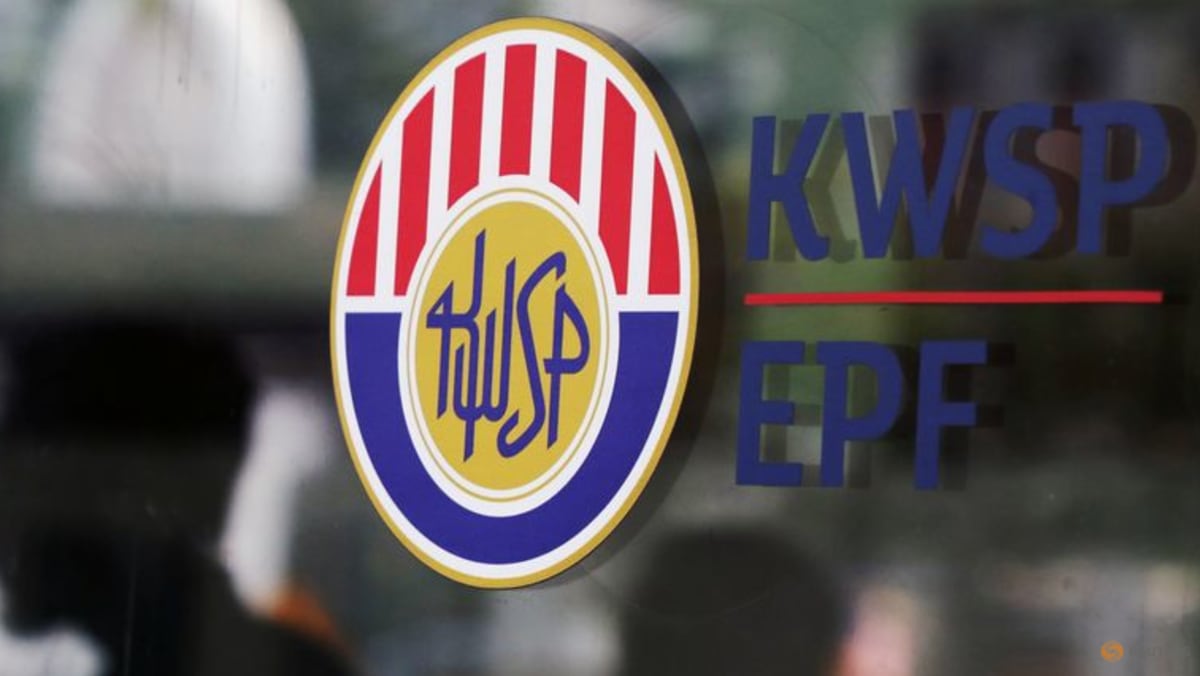
This lopsided coverage profile has led to criticism that the EPF has morphed into an investment and savings vehicle for the rich. Senior pension fund executives told CNA that this impression is tough to refute.
The prime minister has also asked EPF to invest more domestically to aid the economy. “This is for the current needs of the country and taking into account the needs of the people,” he said earlier this month.
The EPF, which the World Bank ranked as the 15th largest pension fund globally in a 2018 study that also credited the institution for its strong governance culture, has a central role in the economy.
Set up in 1949, eight years before Malaysia gained independence, the EPF has grown in both size and stature. It has investments in all major markets, in particular North America, Europe and Asia, as well as direct investments in equities, fixed-income financial instruments, real estate and infrastructure.
EPF’s asset base of over RM1 trillion is larger than all the other government-linked investment corporations, such as government fund management company Permodalan Nasional Bnd (PNB), the government pension fund known as KWAP, sovereign wealth fund Khazanah Nasional Bhd and the army pension fund called LTAT, put together.
EPF’S ROLE IN ECONOMIC DEVELOPMENT
The EPF has been instrumental in Malaysia’s economic development.
Bank Muamalat’s chief economist Mohd Afzanizam Abdul Rashid noted in the past, temporary reductions in the EPF contribution rate have provided extra cash in hand which were used to shore up the economy, and these have been effective.

